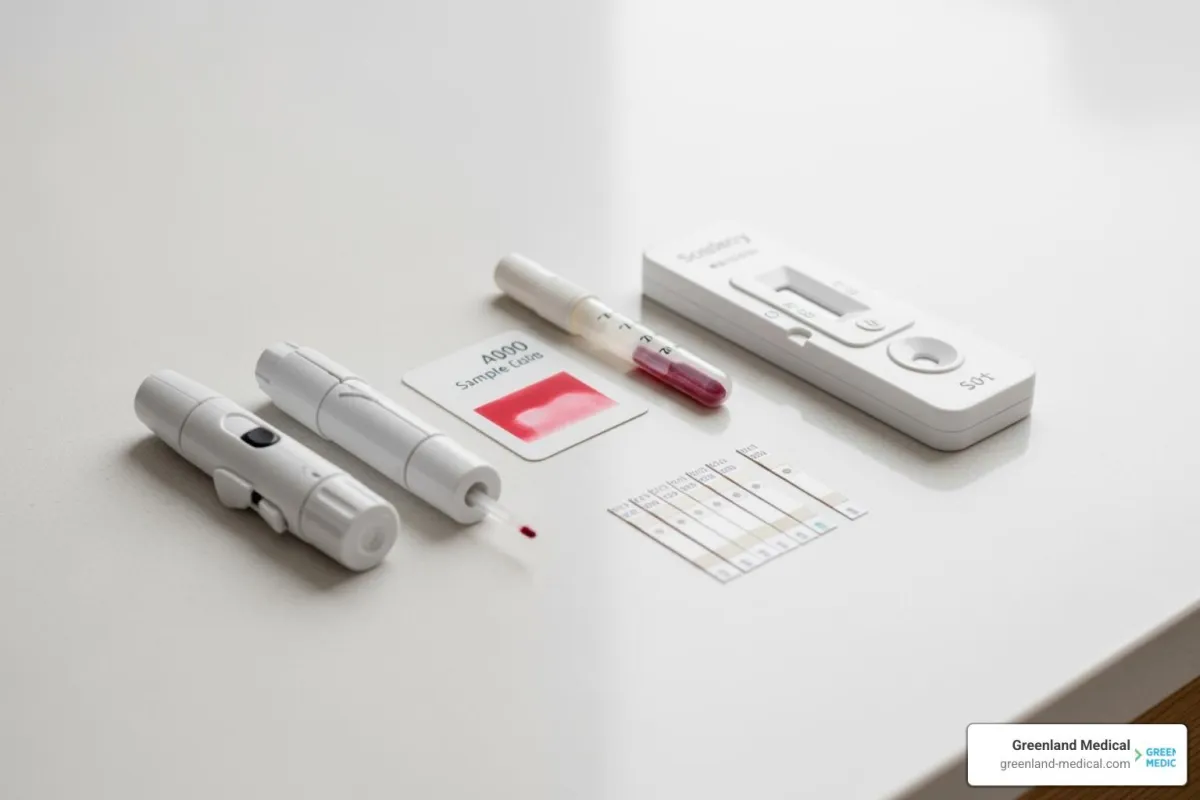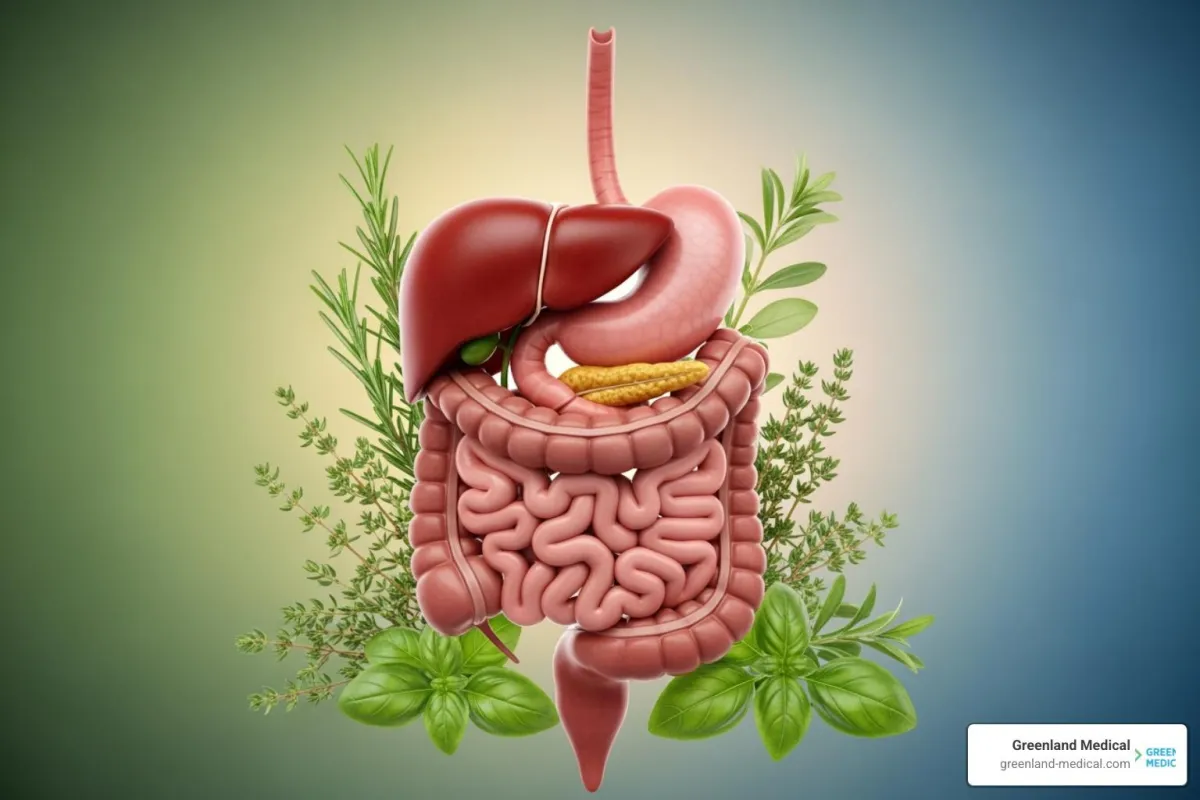Food Allergy Test Kits: Hype or Help? An Expert's Take
Published on: 05/11/2025
Considering a food allergy test kit? Learn if they're hype or help. Understand accuracy, limitations, and how to interpret results.
health

020 8787 5750


Considering a food allergy test kit? Learn if they're hype or help. Understand accuracy, limitations, and how to interpret results.

Discover how much protein in chicken for muscle gain & weight loss. Find the best cuts for your fitness goals and maximize nutrition.

Discover how integrative medicine digestive health empowers you. Find root causes, soothe symptoms, and reclaim gut wellness.

Discover what does a tick look like at every stage. Learn to identify species, engorged ticks, and their bites to protect your health.